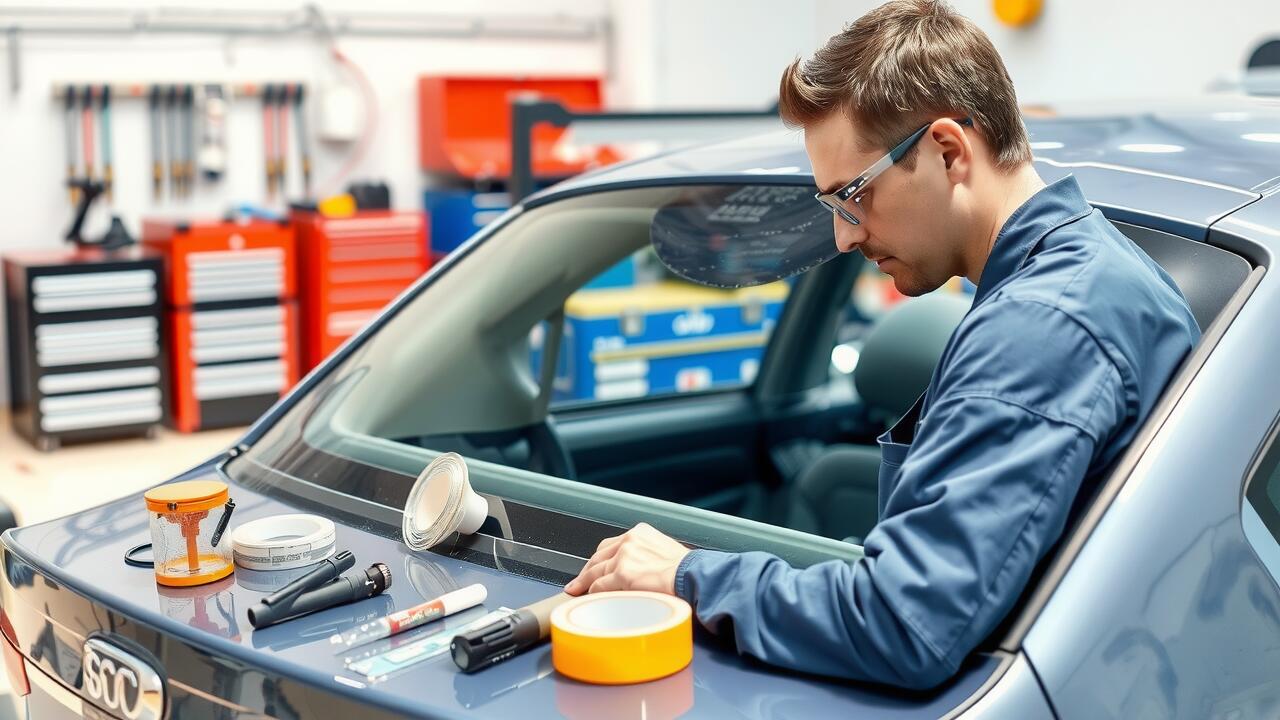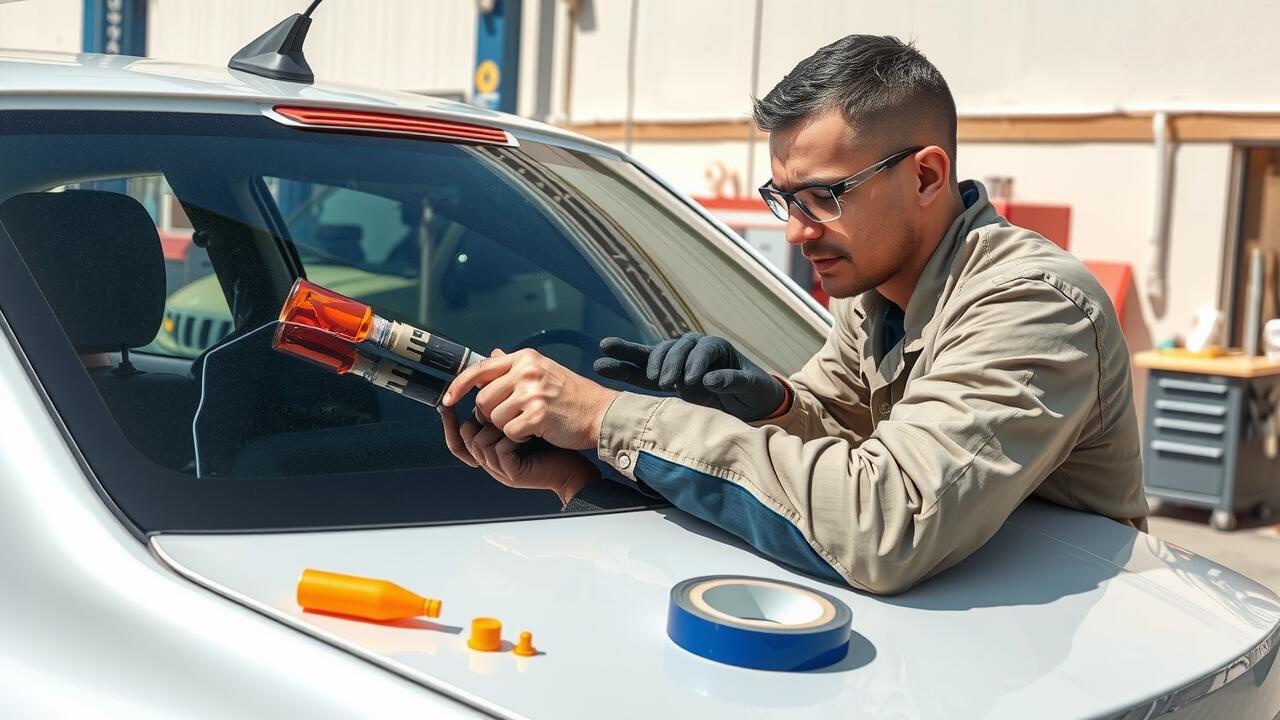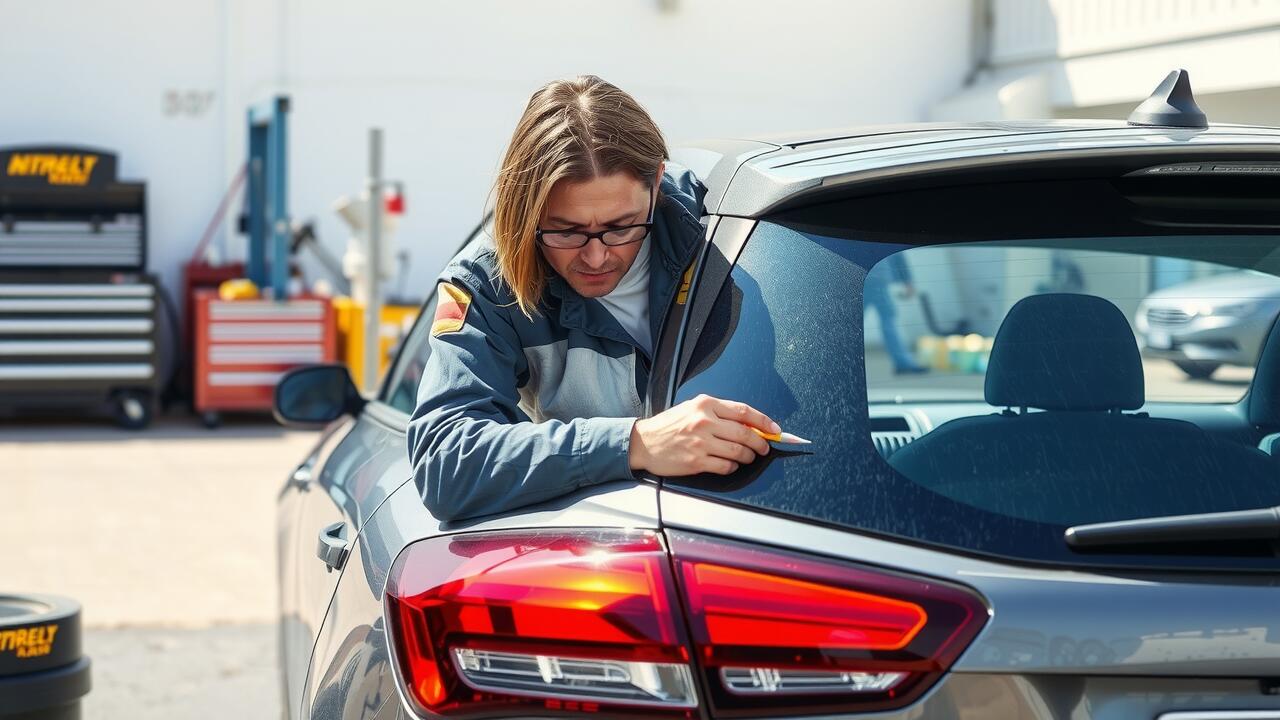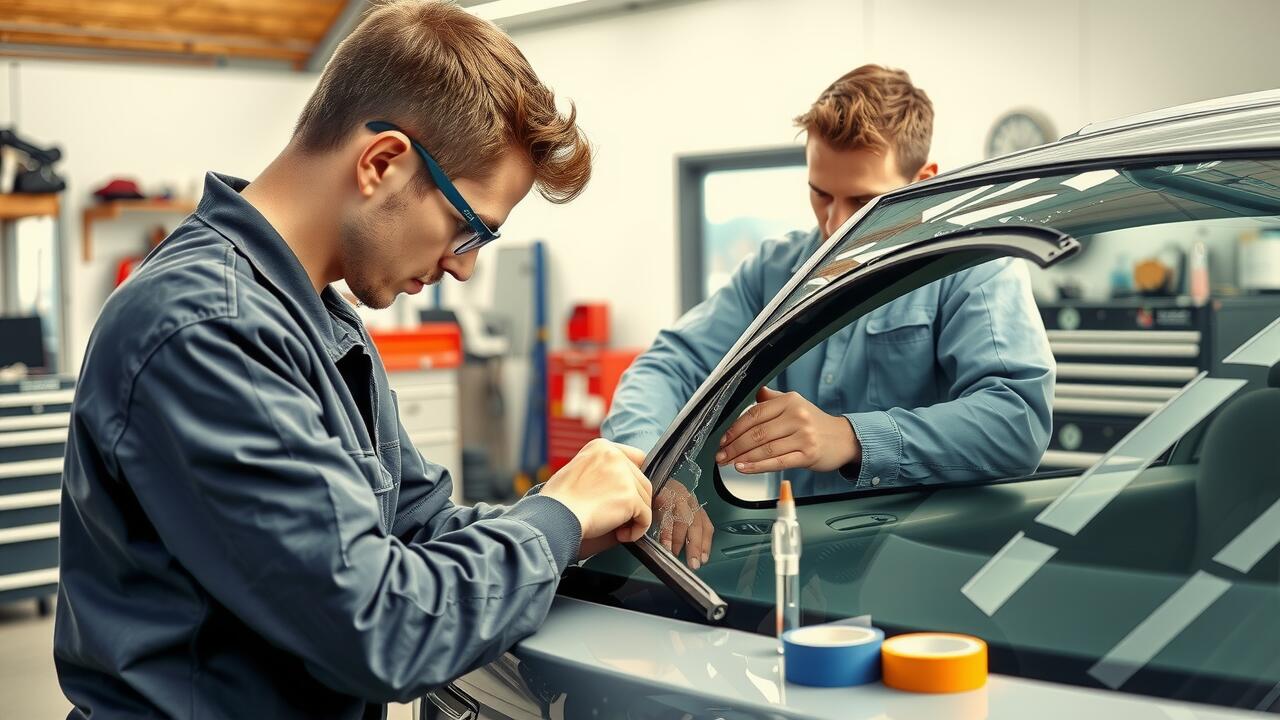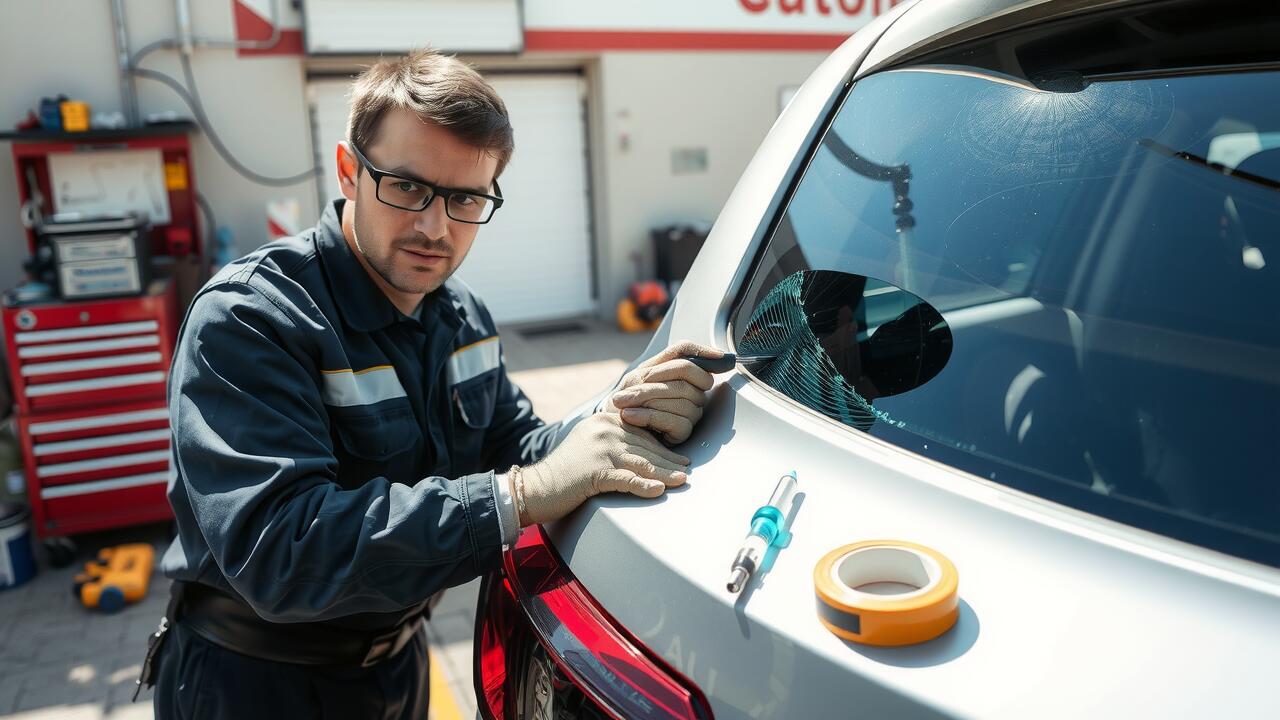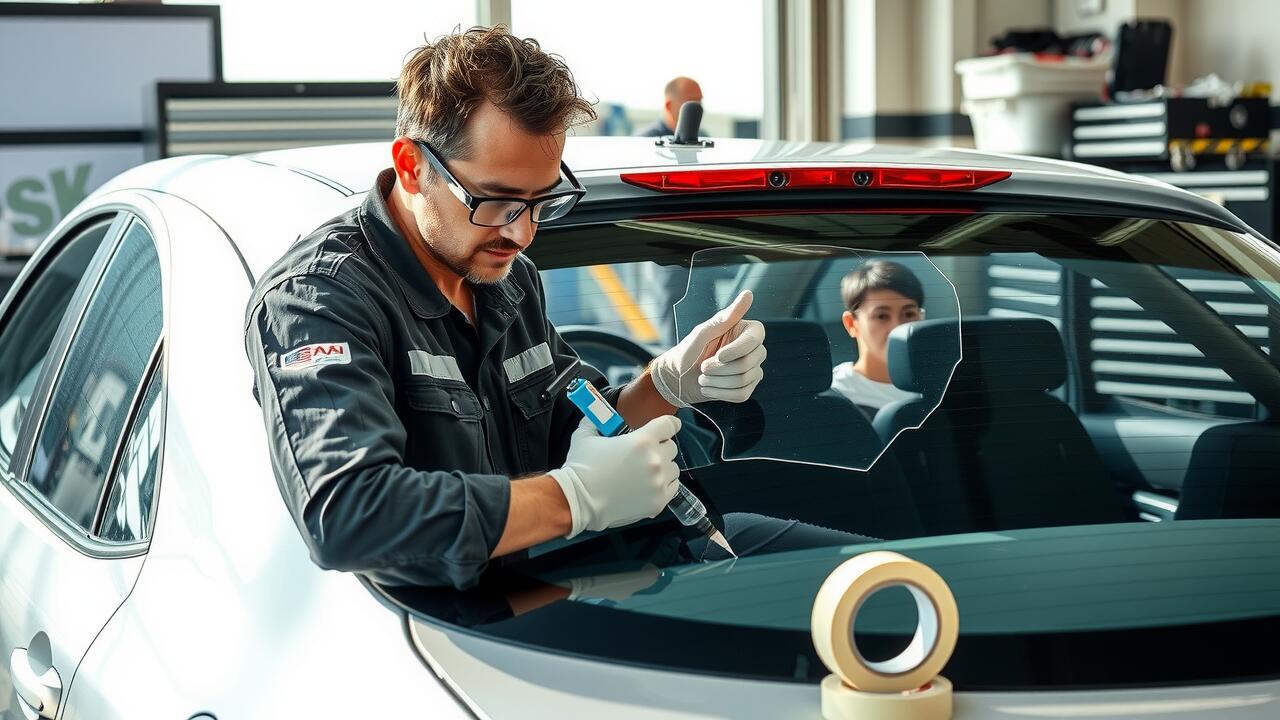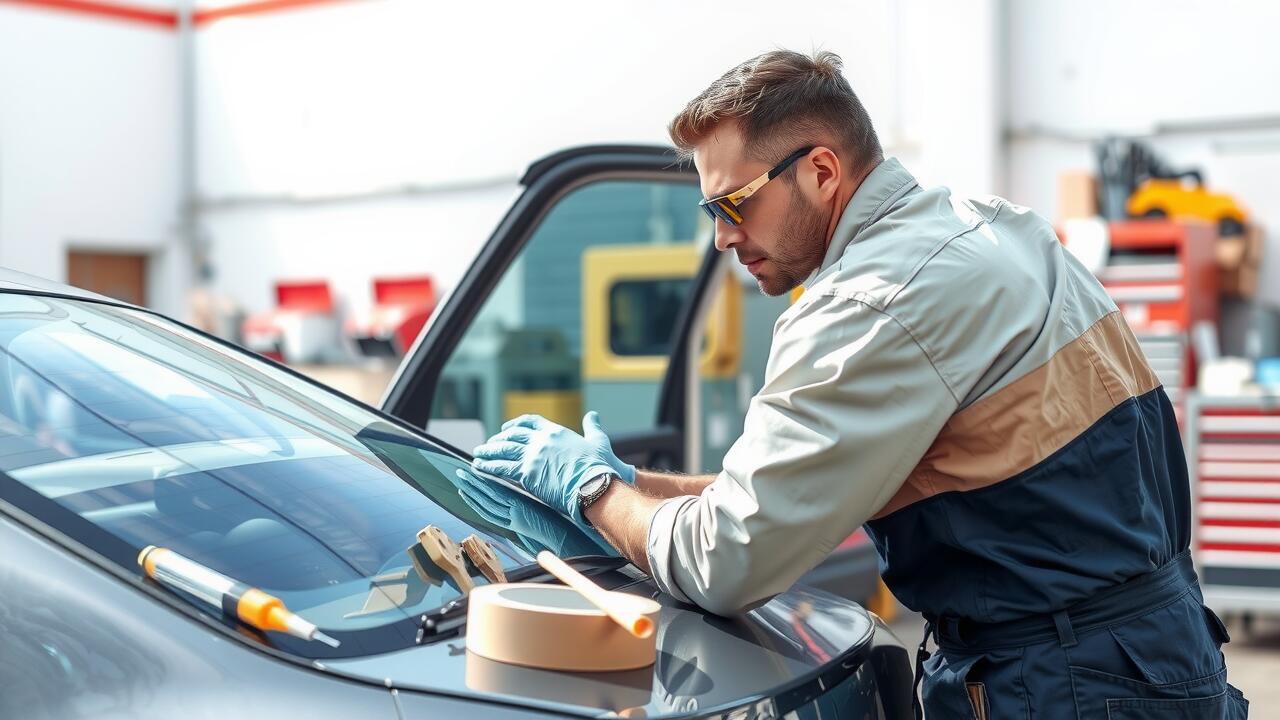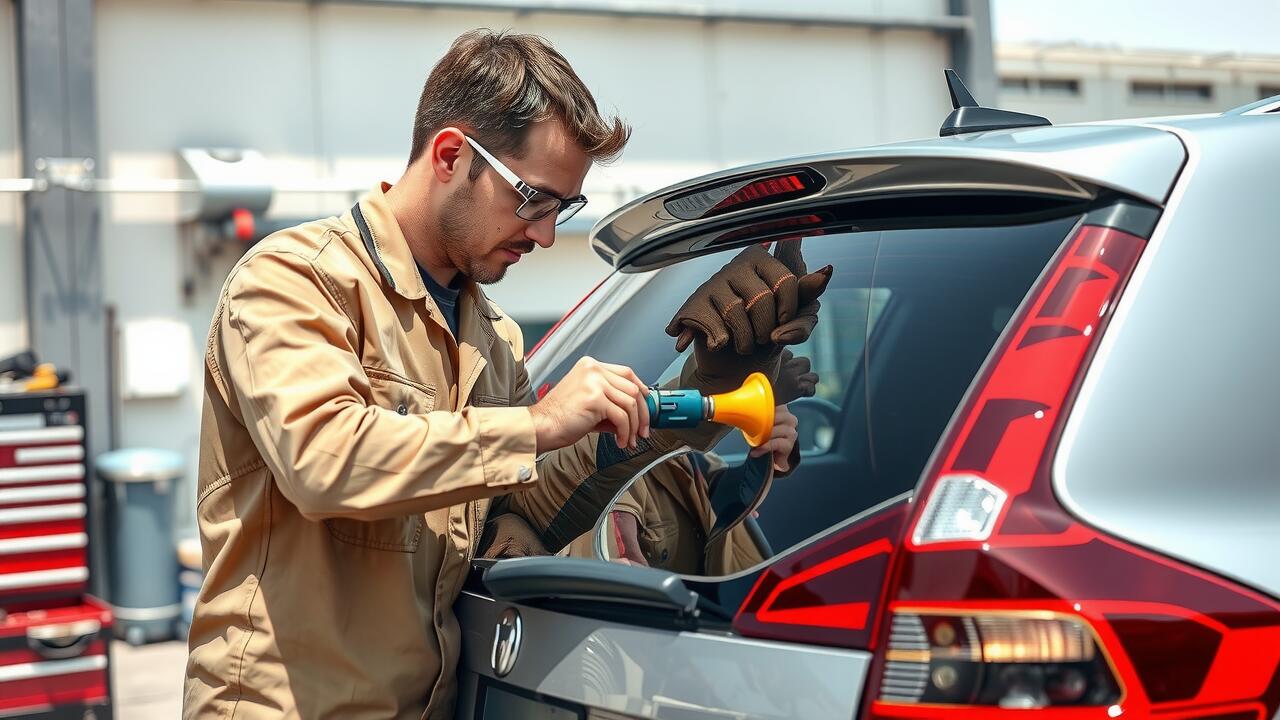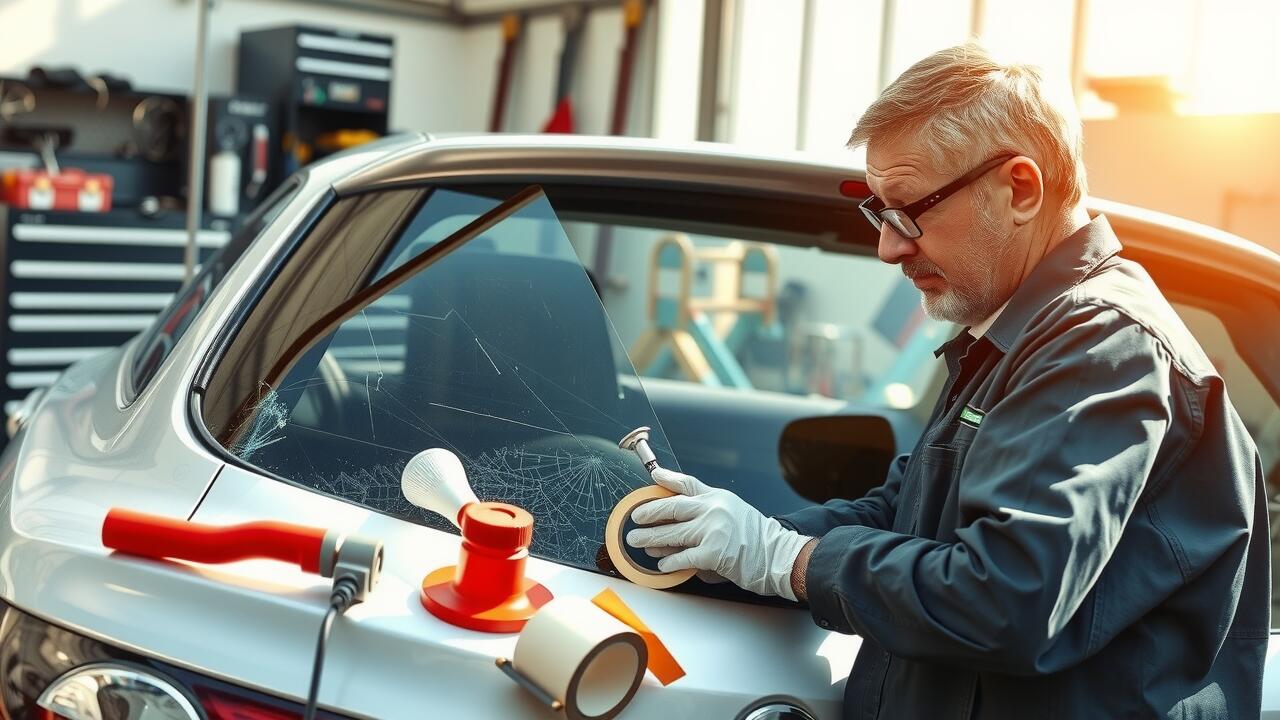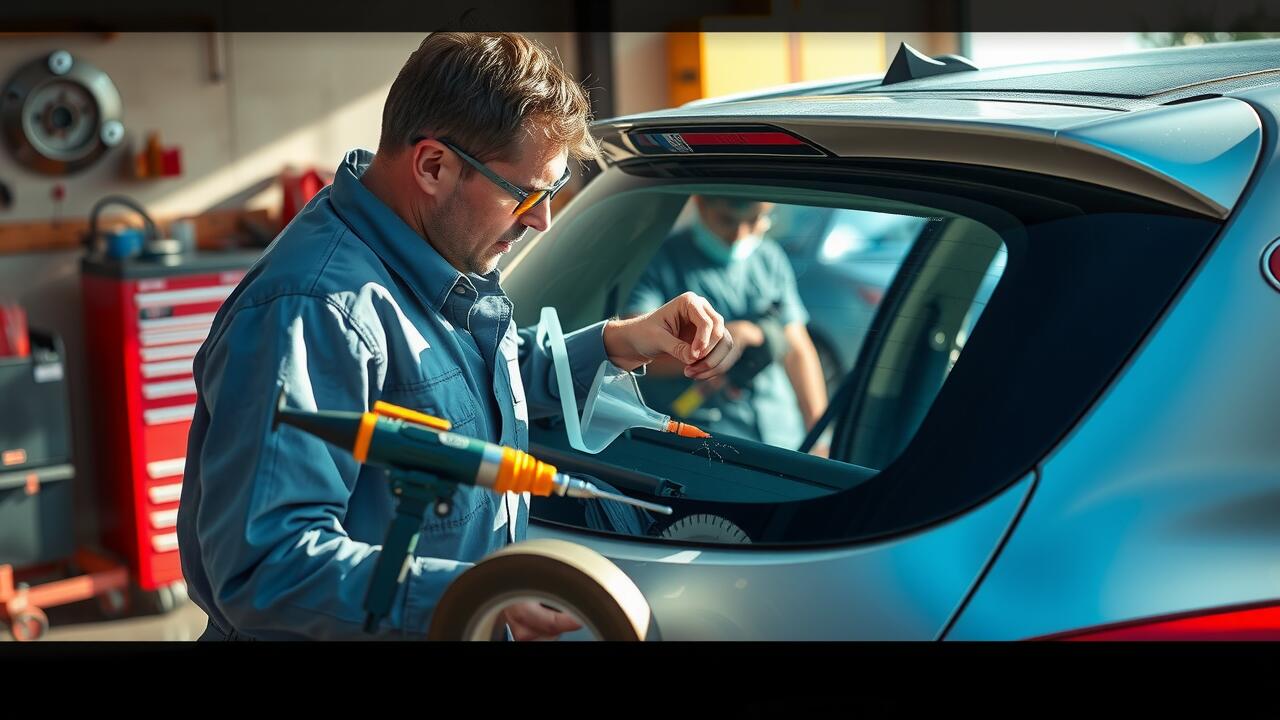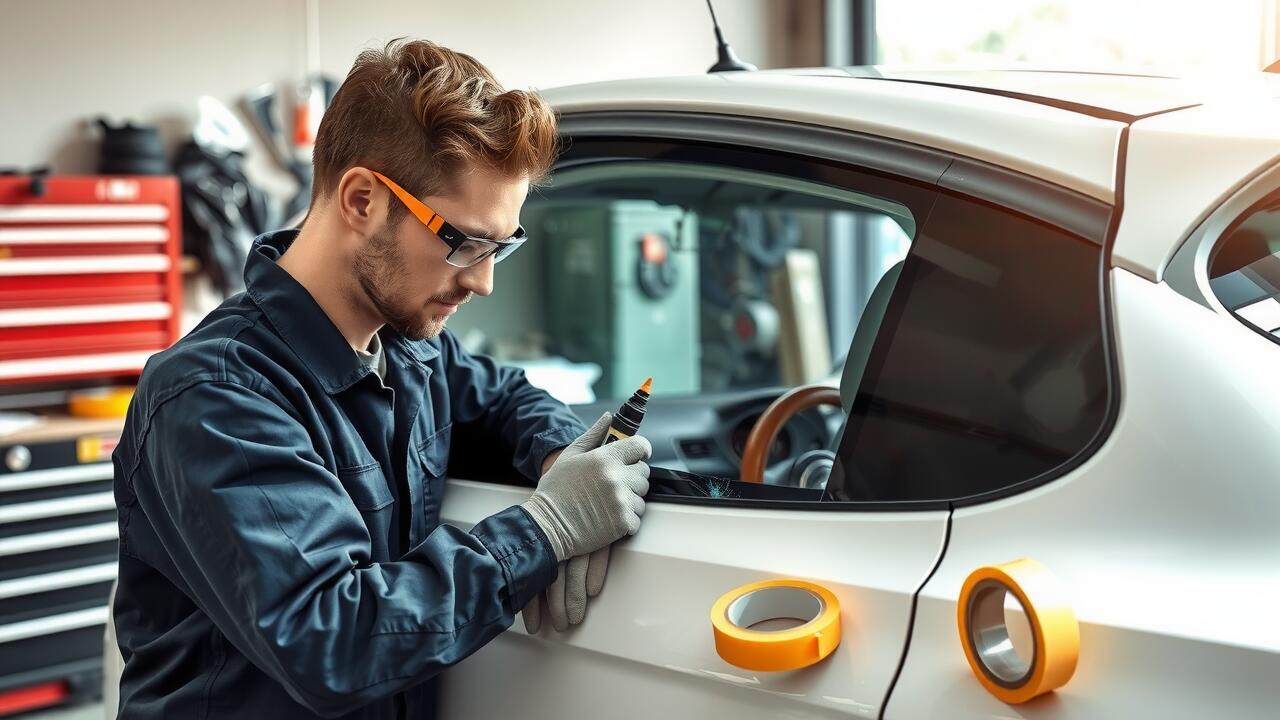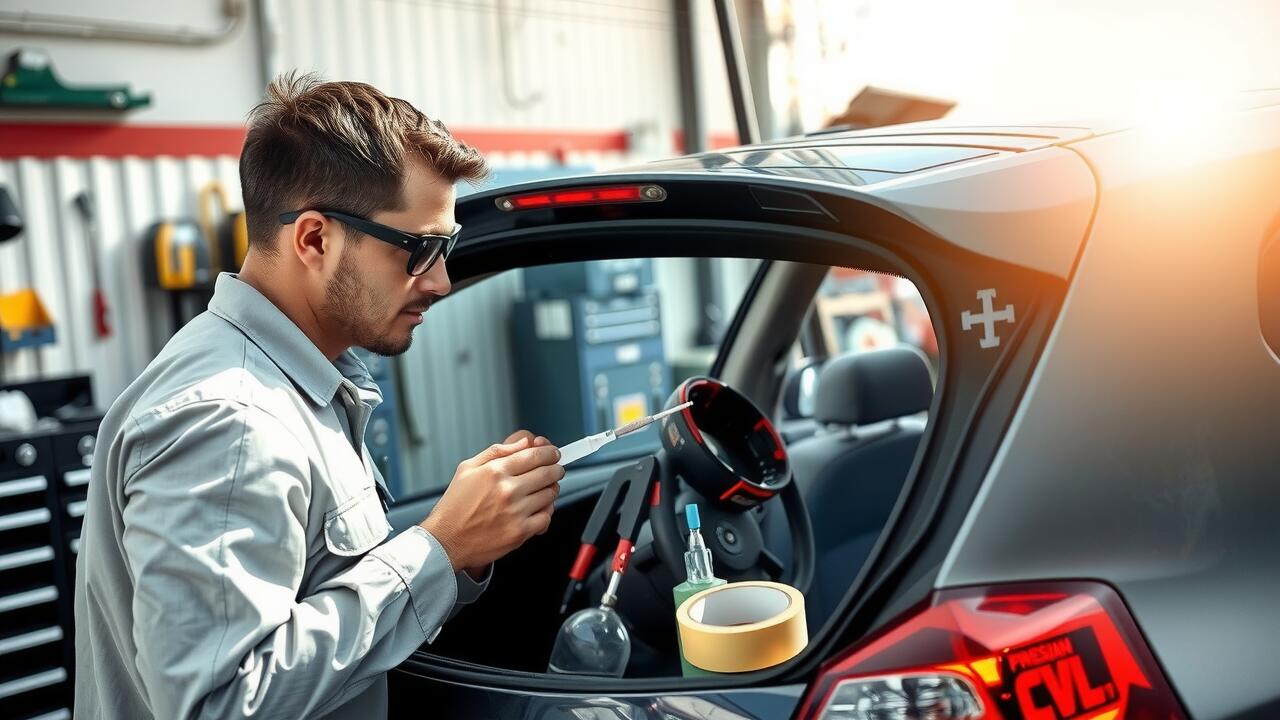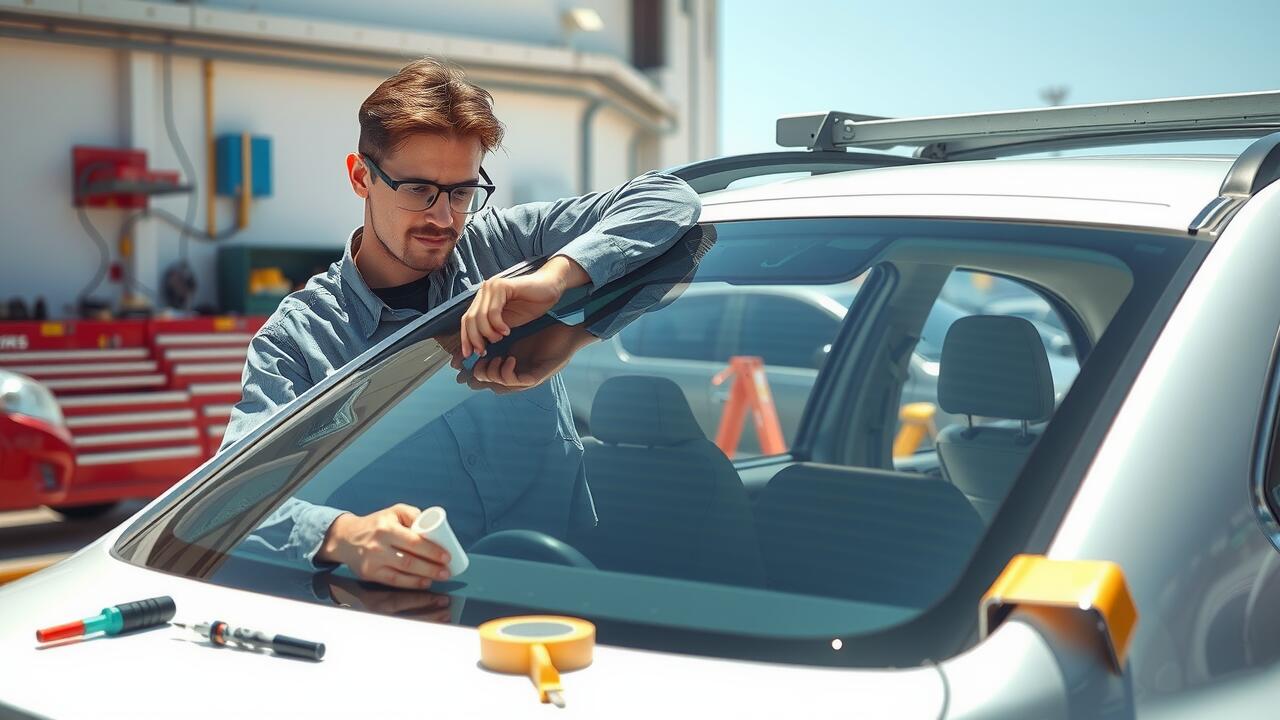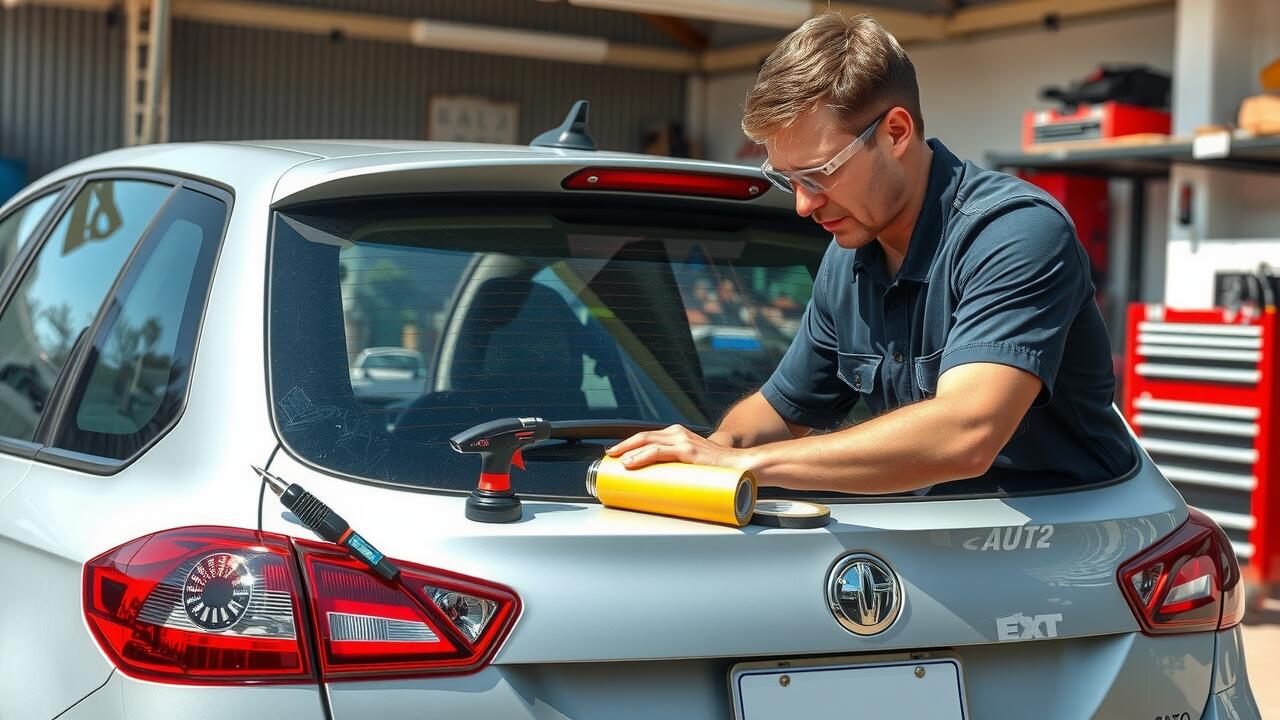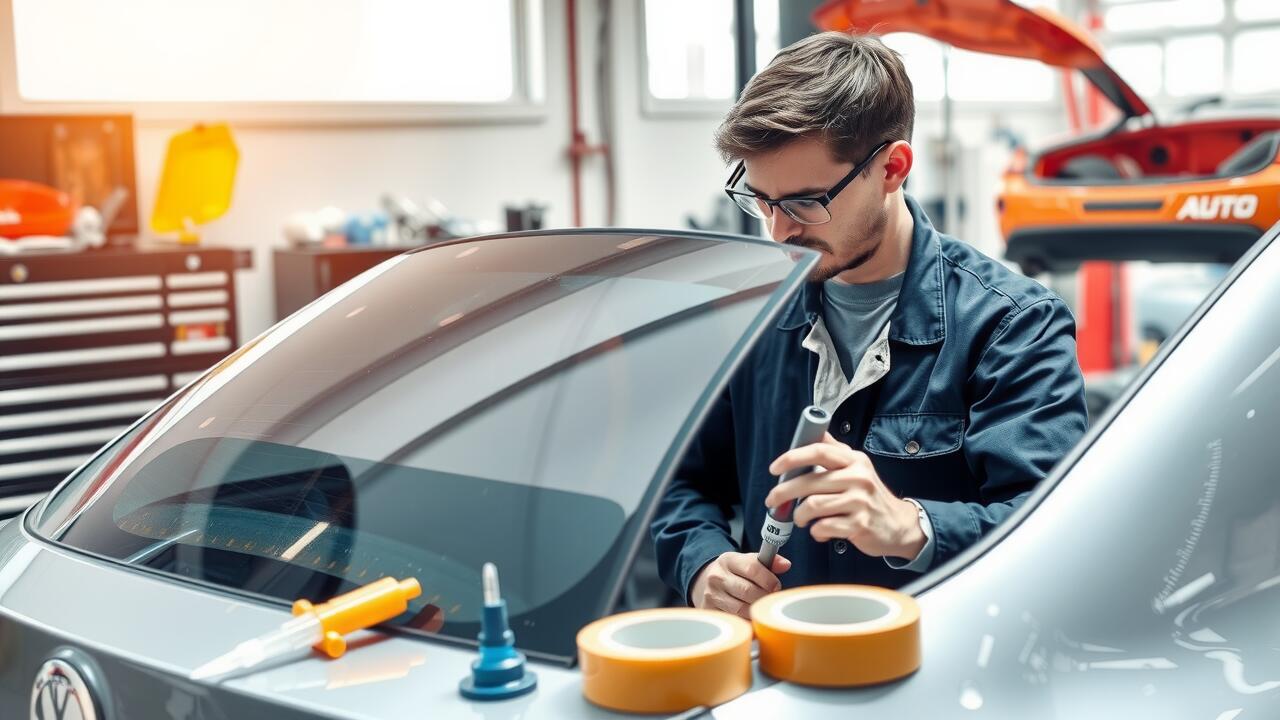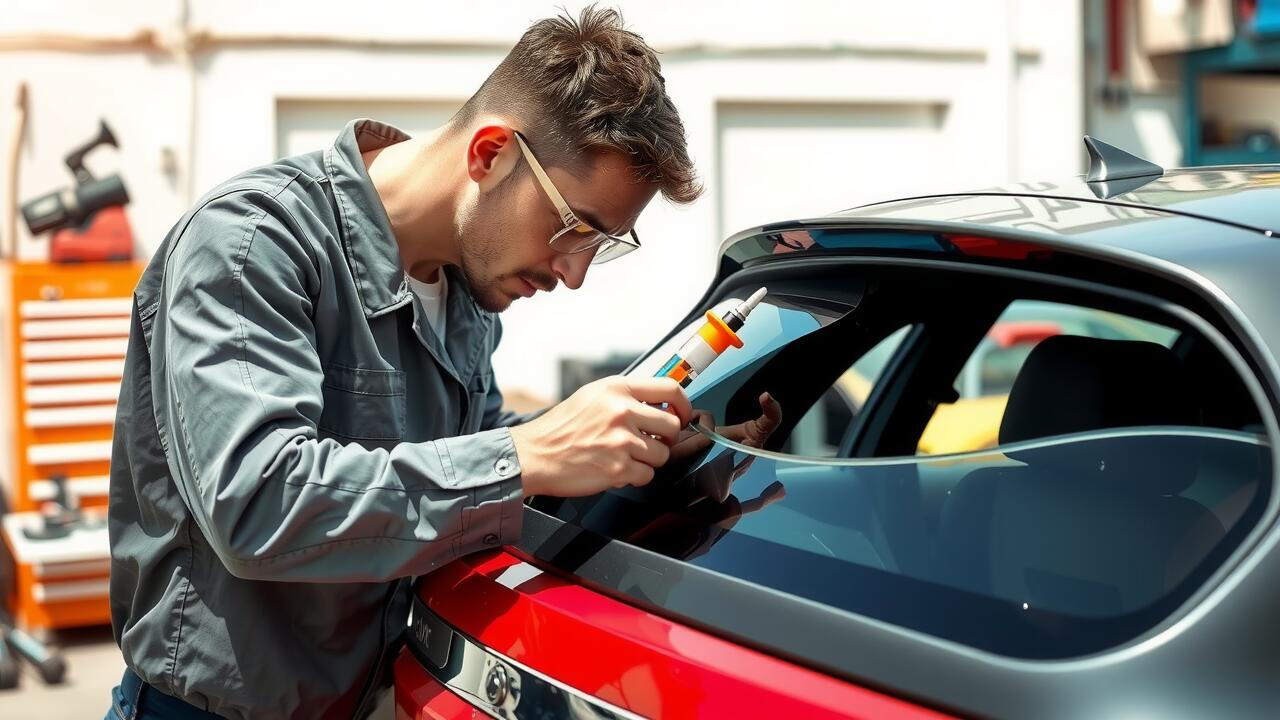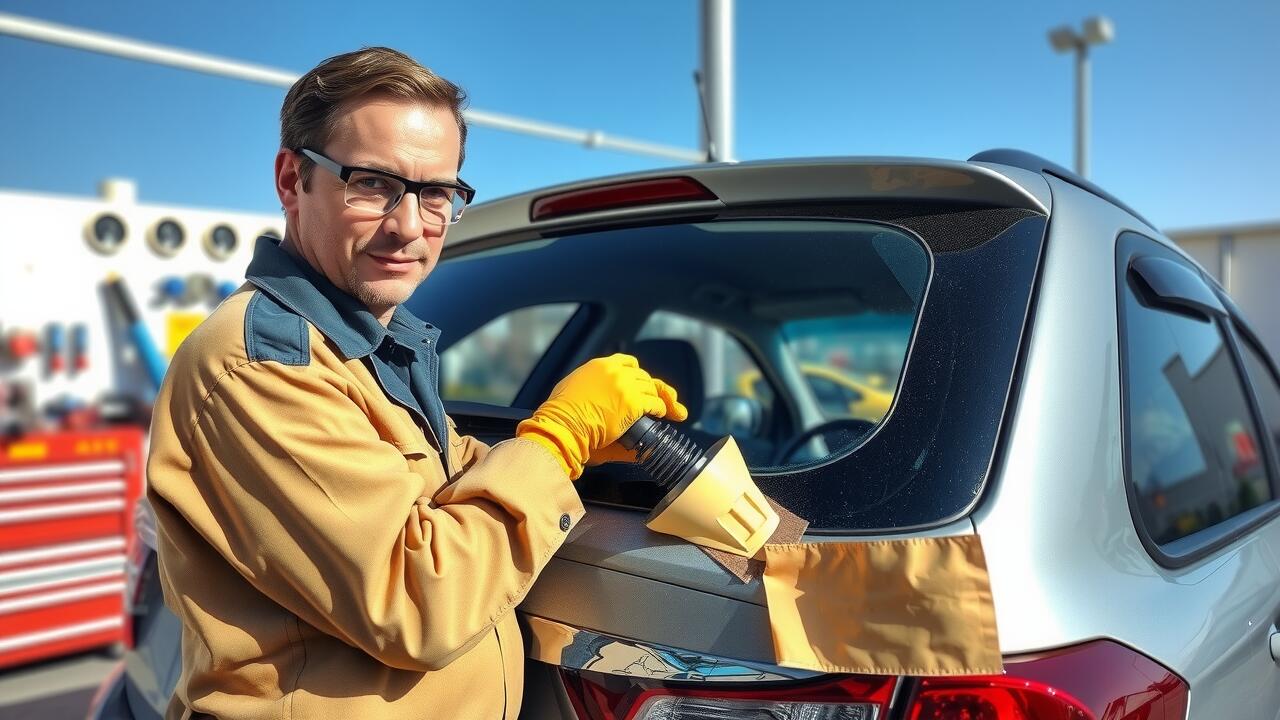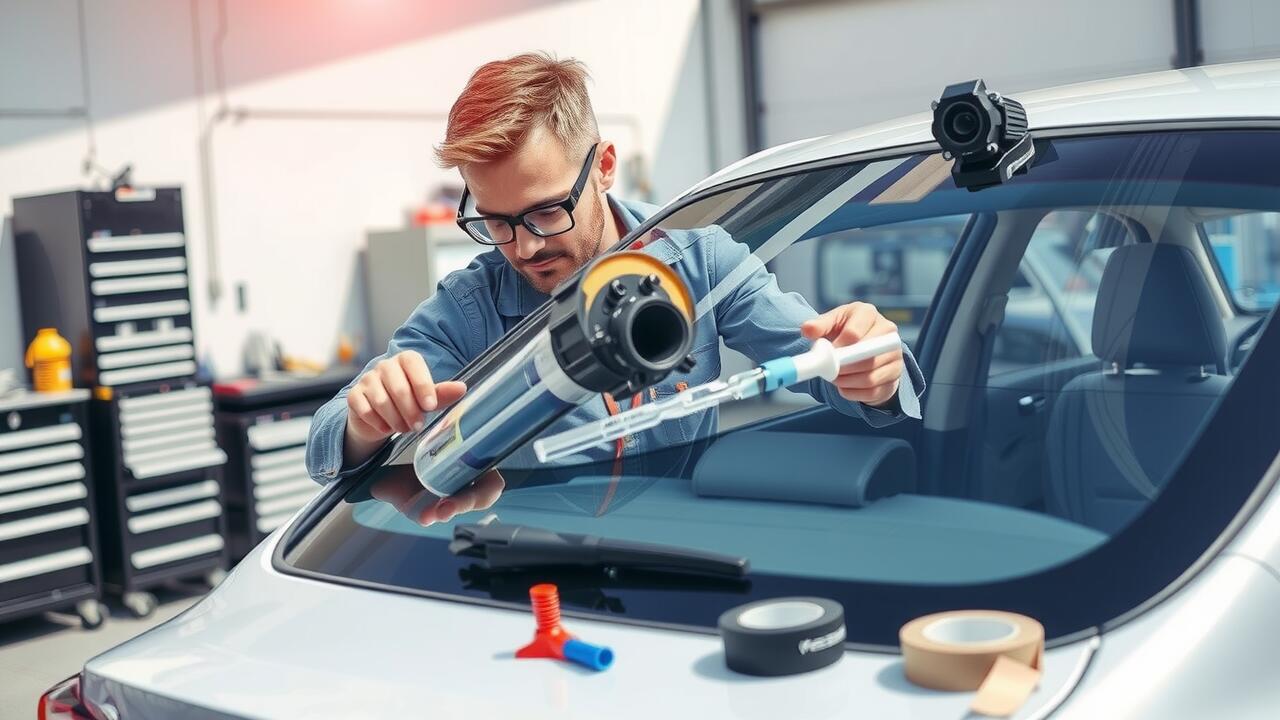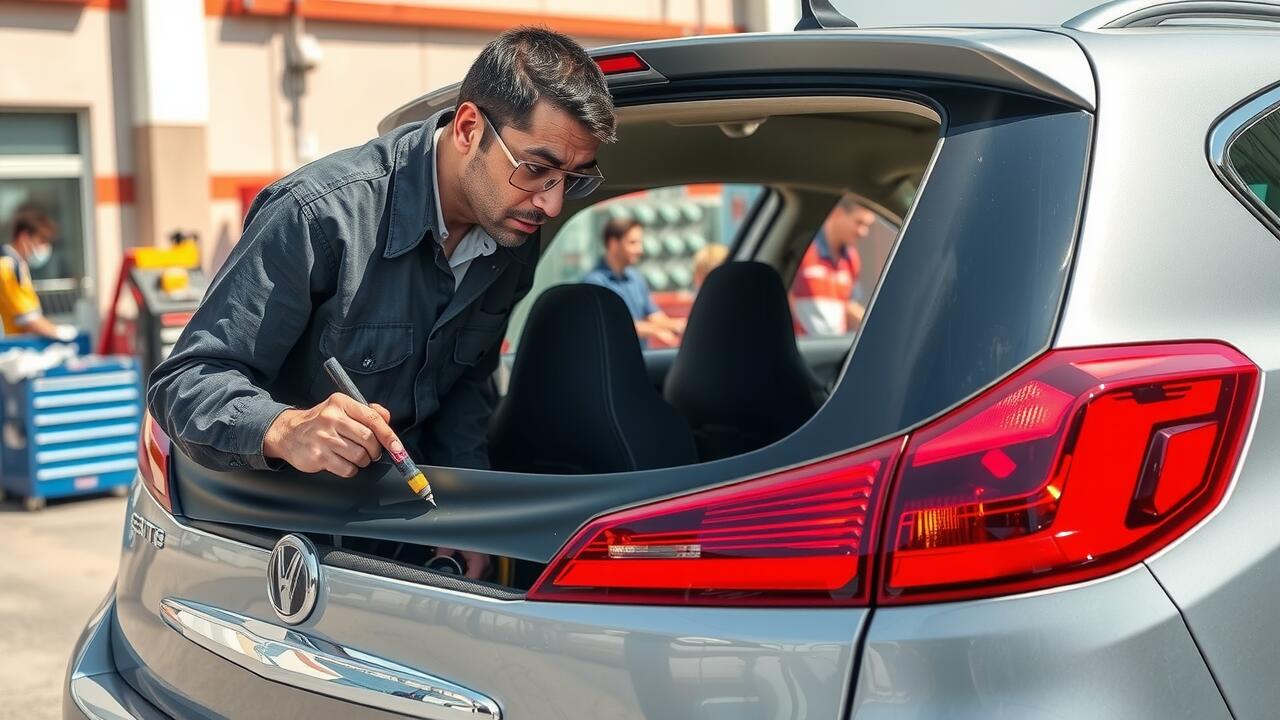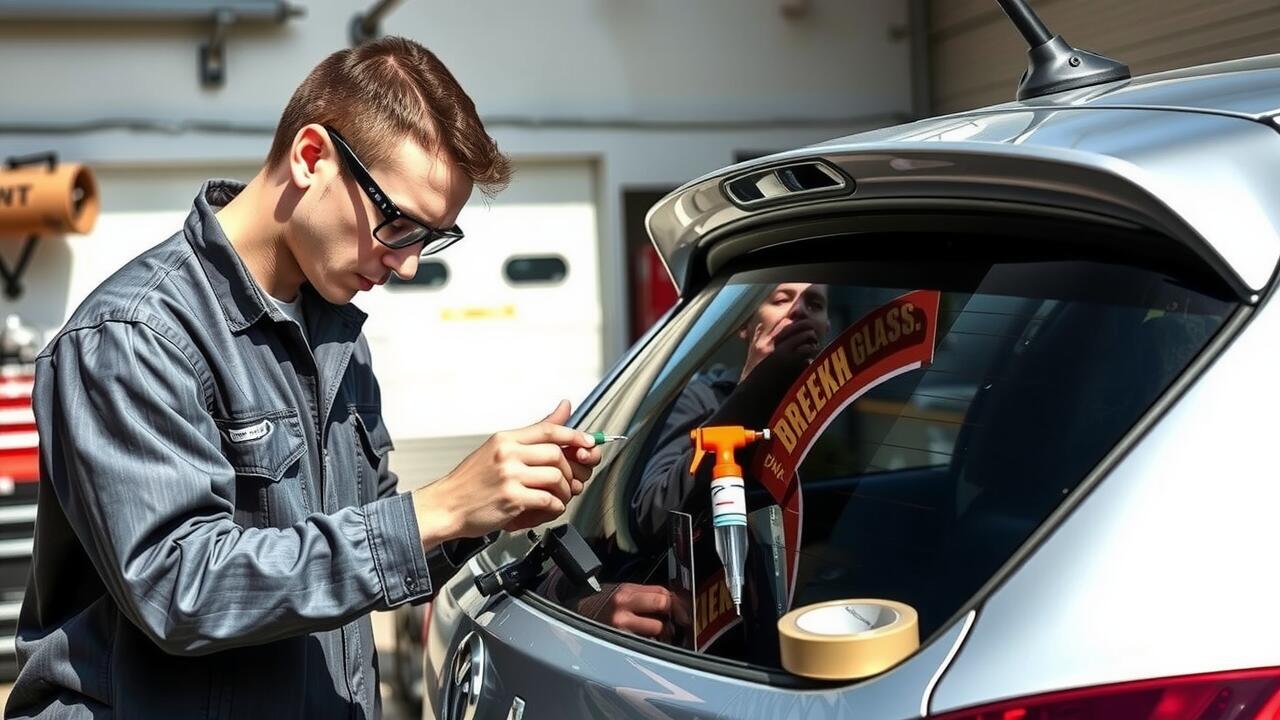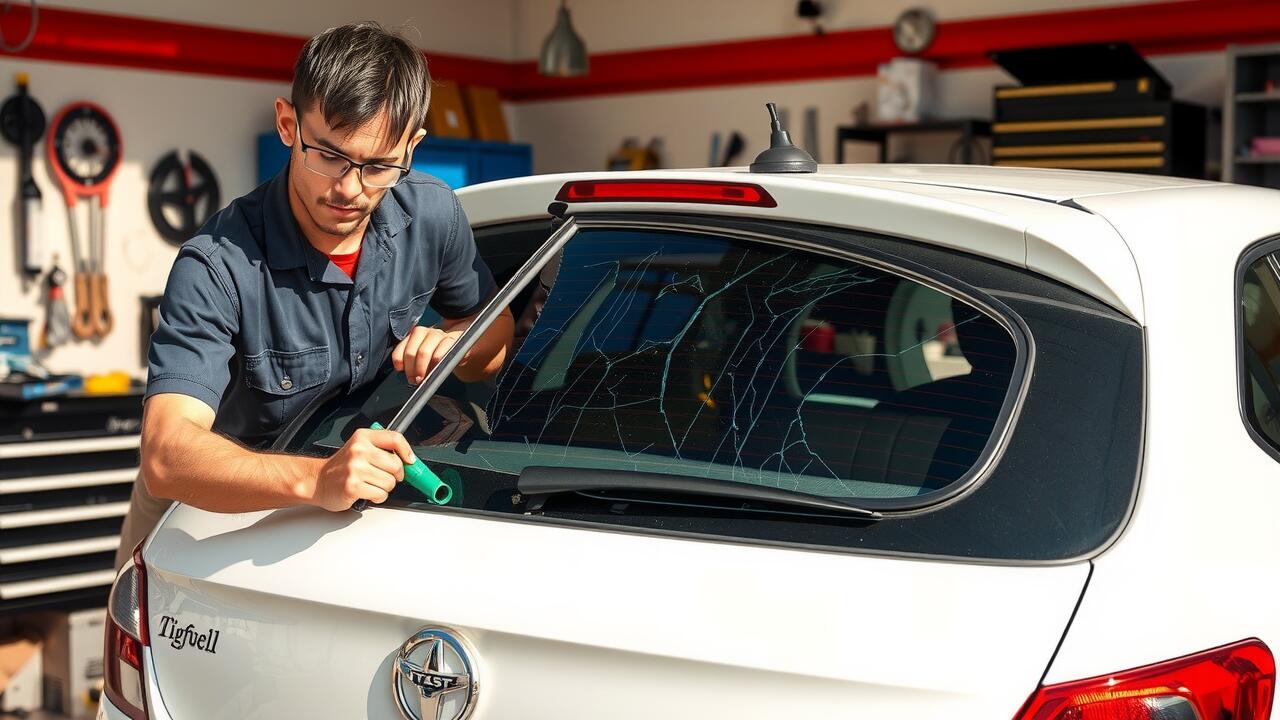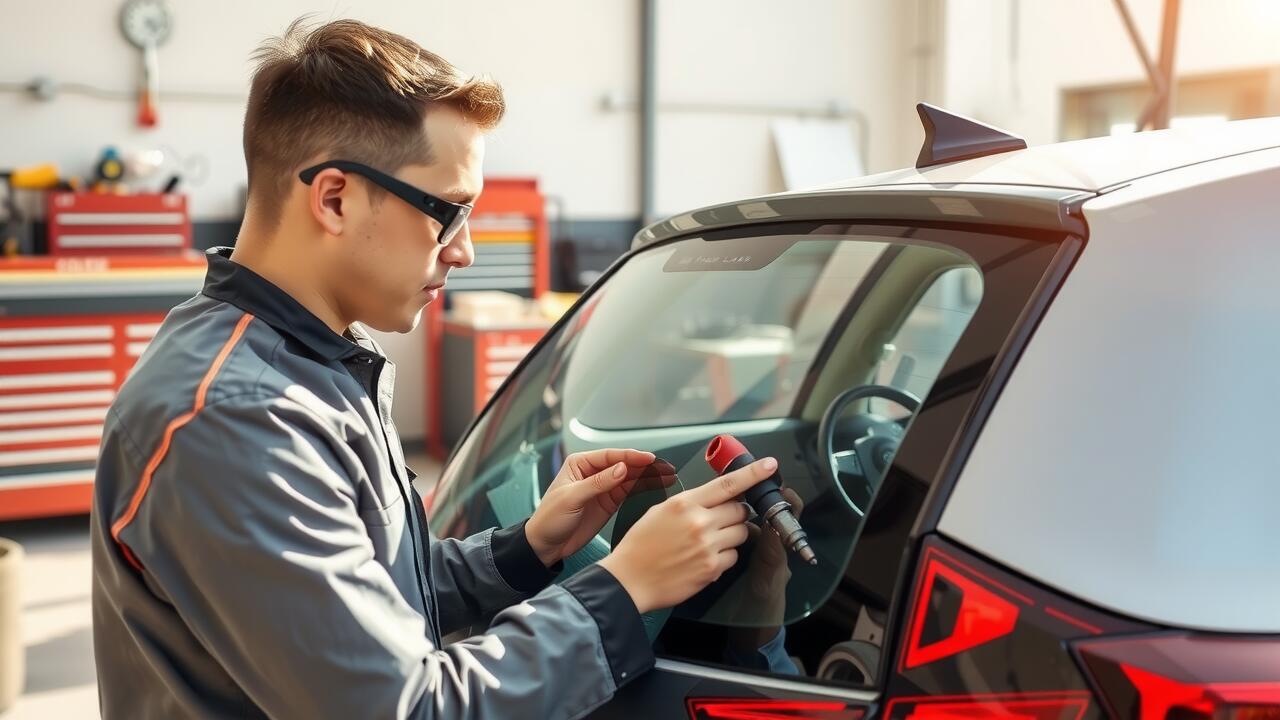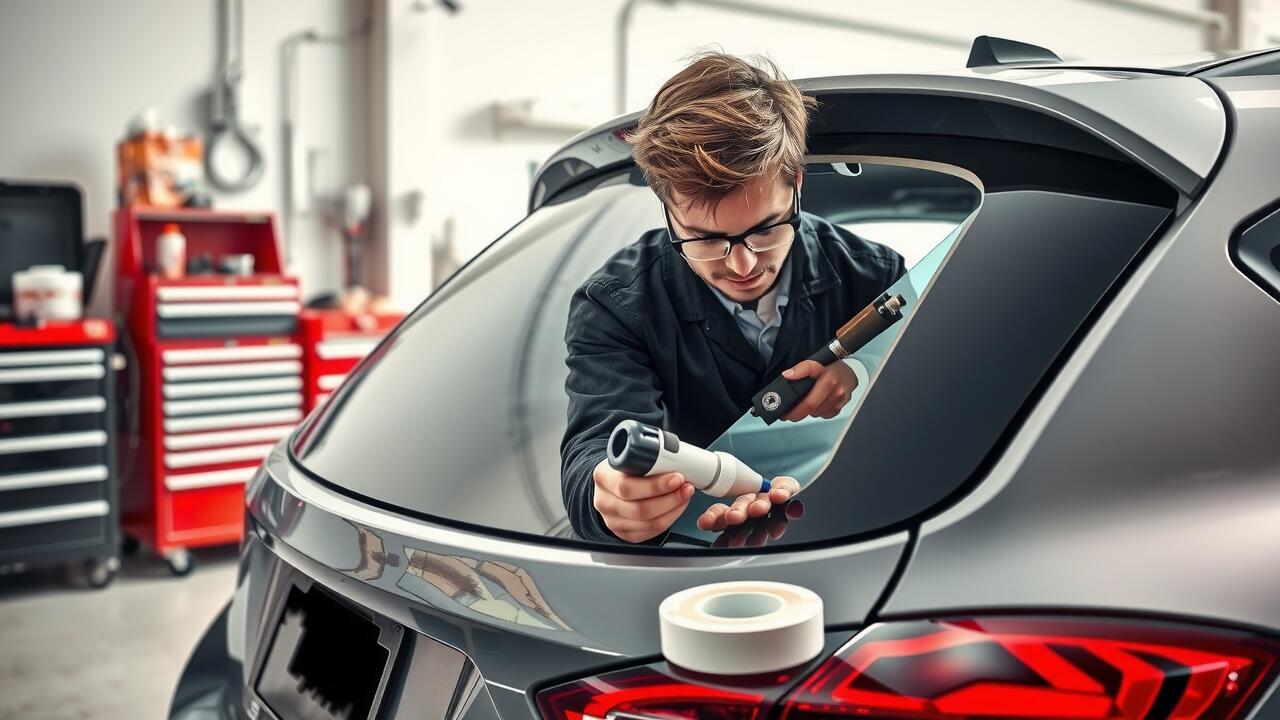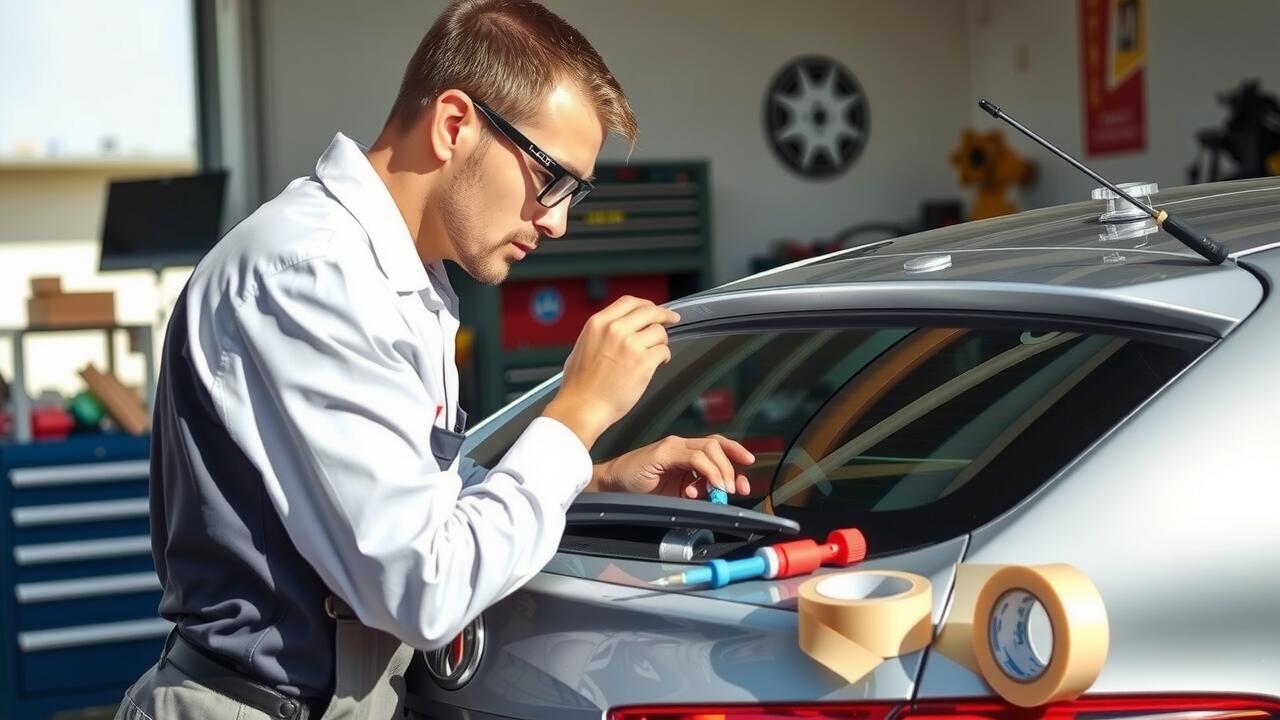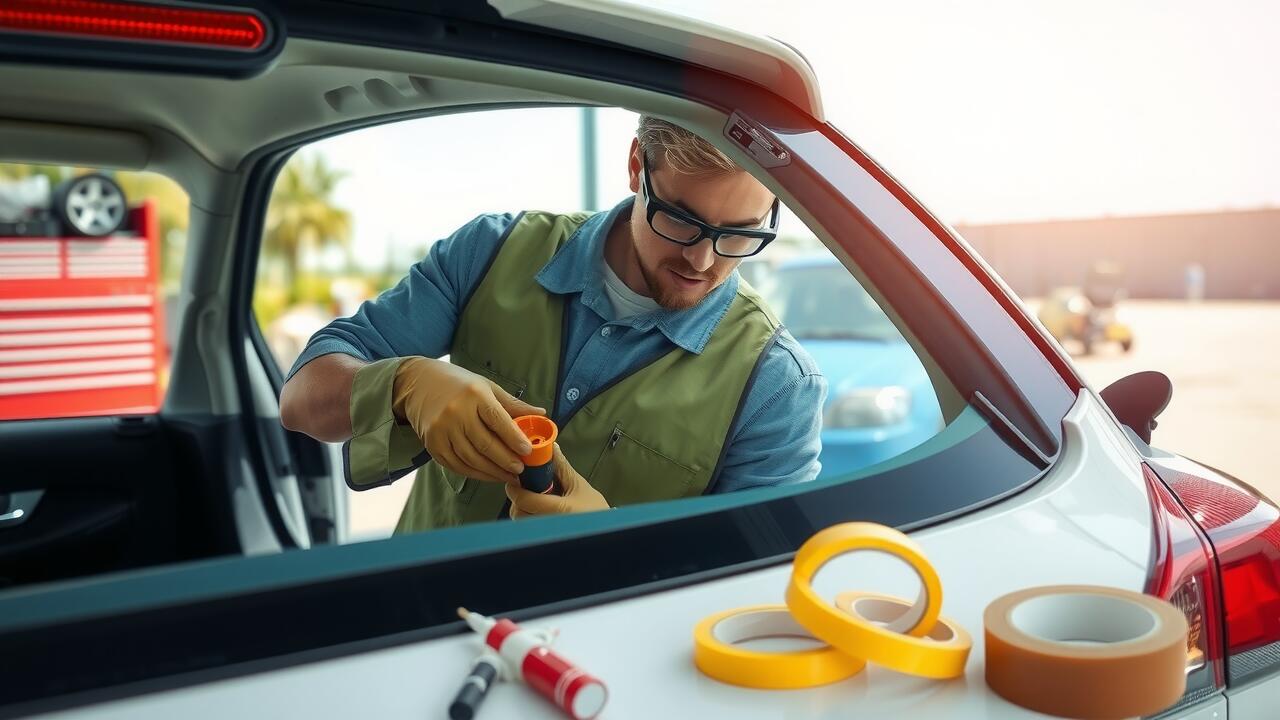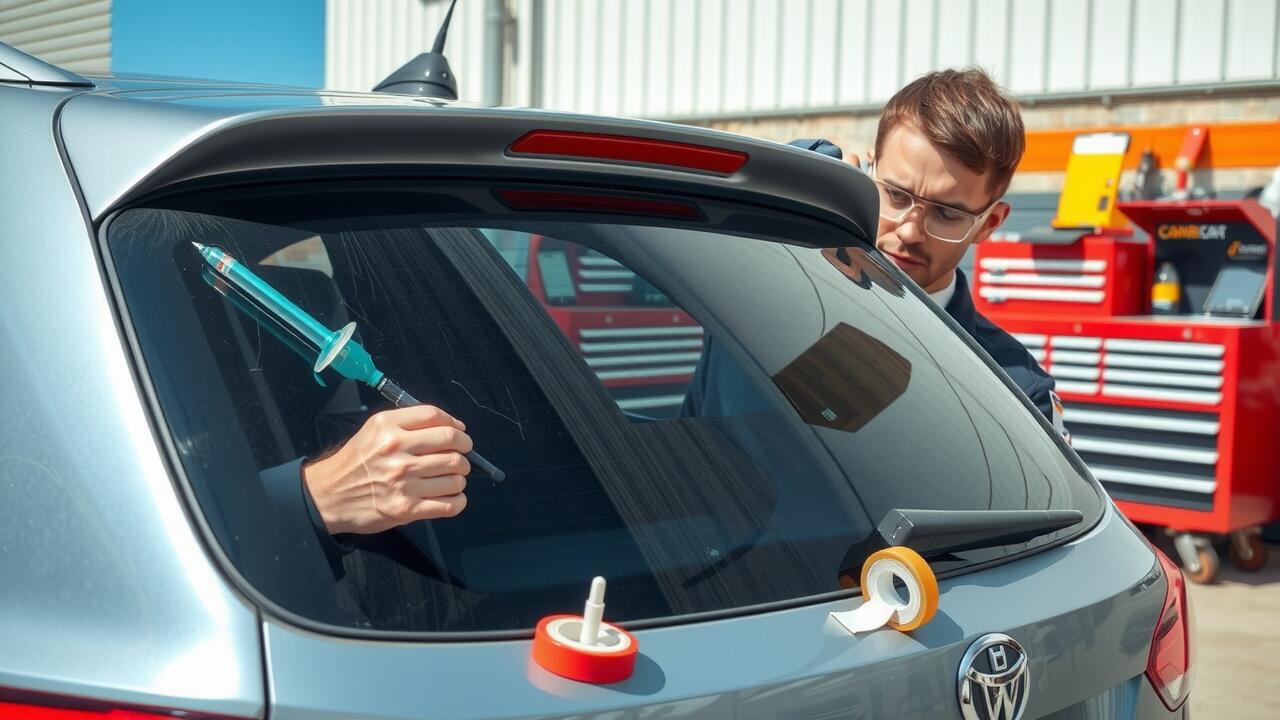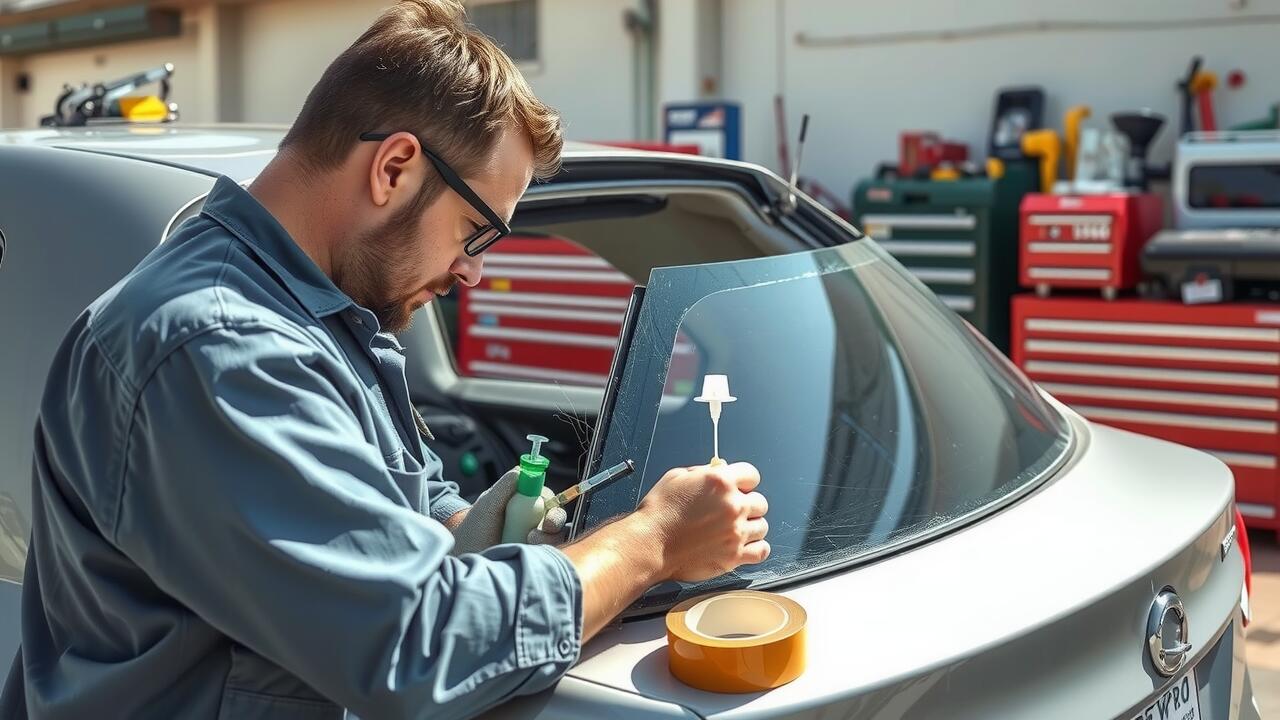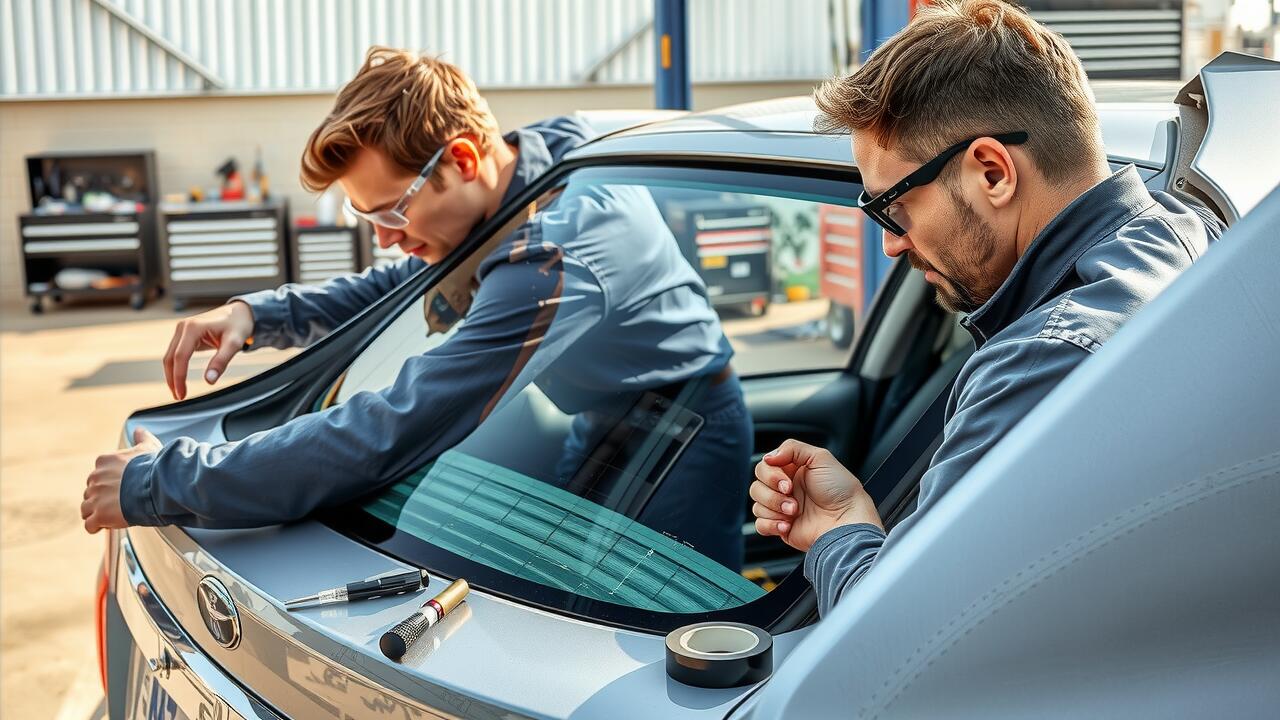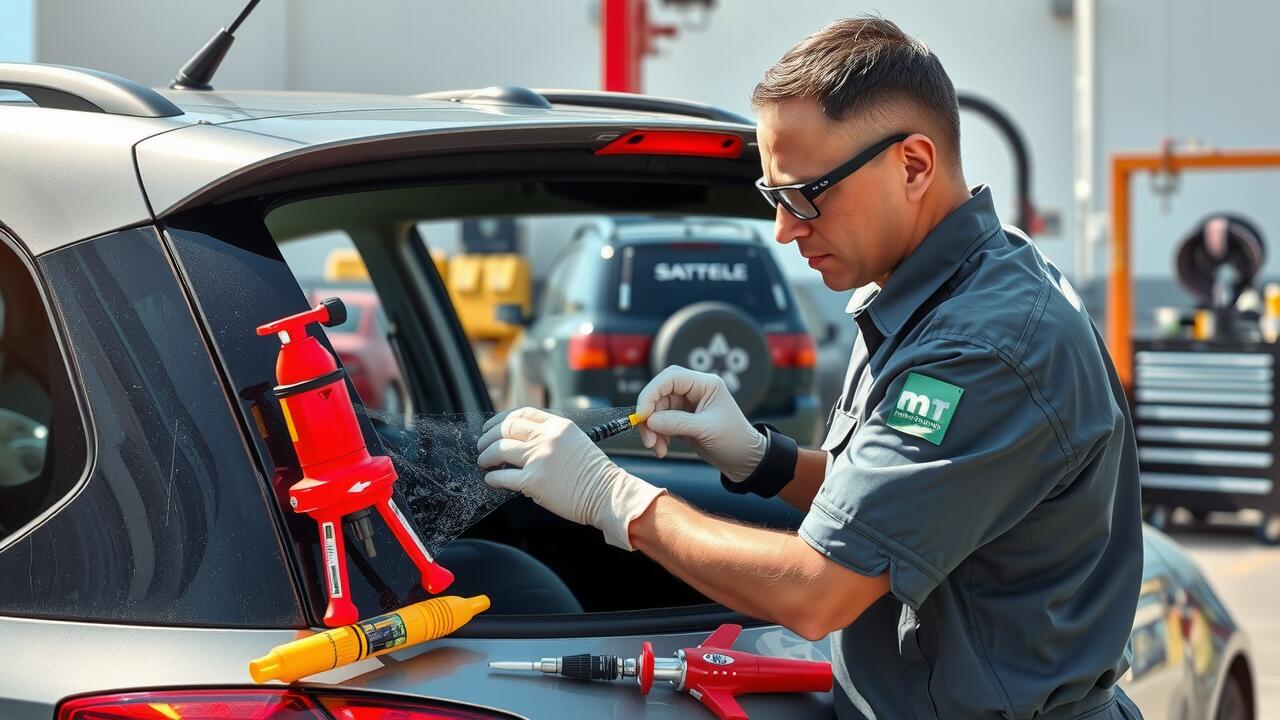
Table Of Contents
Installing a Temporary Cover
A broken back car window can expose your vehicle to the elements. Installing a temporary cover is essential to protect the interior and maintain safety. Various materials can serve this purpose, including plastic sheeting, heavy-duty garbage bags, or even cardboard. Ensure the cover fits snugly against the opening to minimise the risk of moisture and debris entering the vehicle. Using tape or adhesive options can help secure the cover in place.
After fitting the temporary cover, it is important to keep in mind the need for professional Side Window Replacement. While DIY solutions can provide immediate relief, they are not a long-term fix. Regular checks on the cover's integrity are advisable, especially during adverse weather conditions. This vigilance will help to reduce the likelihood of additional damage or inconvenience until a proper repair can be arranged.
Options for DIY Window Covers
When dealing with a broken back car window, creating a makeshift cover can be essential to protect your vehicle's interior. A common DIY option is to use clear plastic sheeting. This material is easily accessible at hardware stores and can be cut to size. Simply secure it with strong tape around the edges. Ensure that the plastic is taut to prevent flapping while driving. Another option is to use cardboard, which can provide a temporary barrier against the elements. Although not as weatherproof as plastic, it's effective for short-term use.
If you are uncertain about the longevity of your DIY solution, consider contacting a professional for a Side Window Replacement at your earliest convenience. While you're waiting for repairs, remember to use a cover that matches the height and width of the window space. It must be secured firmly in place to withstand wind and movement. Encouragingly, many drivers find these temporary fixes to be quite effective until they can arrange for a permanent solution.
Securing the Vehicle
After you have created a temporary cover for the broken back window, it is crucial to ensure that your vehicle is secure. Check all doors and other windows for functionality to prevent unwanted access. Locking the car will deter potential theft, but also consider parking in well-lit areas or places with security cameras. It might be wise to inform your insurance provider about the situation to discuss possible coverage for the damage.
While waiting for a professional to handle the Side Window Replacement, keep an eye on your vehicle and take additional steps to safeguard it against the elements. Use a tarp or plastic sheeting if rain is expected, as water can cause damage to the interior. Covering the window securely will also help reduce the risk of draughts and noise while driving. This precaution can make a significant difference in your comfort levels until the broken window is fixed properly.
Preventing Further Damage
When dealing with a broken back car window, it is crucial to prevent further damage to your vehicle. Leaving an open window can expose the interior to adverse weather, debris, and potential theft. Ensuring that the temporary cover is securely fastened helps keep out unwanted elements and deters opportunistic thieves. If the vehicle remains exposed for an extended period, this can lead to additional issues like water damage or even rust forming in vulnerable areas.
Additionally, assess the surrounding environment to minimise risks. Parking in well-lit, secure areas reduces chances of theft while damaged windows are present. Regularly check on the temporary cover to ensure it remains intact and intact to prevent complications that may necessitate costly repairs. By taking these precautions, you help ensure that the need for a Side Window Replacement can be postponed as long as possible while maintaining the integrity of your vehicle's interior.
Driving Precautions
Driving with a broken back window can be risky, especially if the damage is extensive. It’s essential to ensure that all loose items inside the vehicle are secured to prevent them from becoming projectiles. Maintaining visibility is crucial for safe driving, so if the broken window obstructs your view or creates a hazard, it might be best to limit your driving until a professional can handle the side window replacement.
While navigating the roads, be mindful of weather conditions, which can exacerbate issues associated with a broken window. Rain or strong winds may reduce visibility further and increase the likelihood of debris entering the cabin. Consider driving at reduced speeds and avoiding heavy traffic if necessary. Prioritising safety not only protects you and your passengers but also other road users in the vicinity.
Staying Safe on the Road
When driving with a broken back window, maintaining safety becomes paramount. The visibility from the rear can be significantly compromised, leading to increased risks while changing lanes or reversing. Adjusting the side mirrors properly is essential for maximising this visibility. Additionally, reducing speed can aid in maintaining control of the vehicle, especially when navigating narrow roads or crowded areas.
It is also wise to remain vigilant for any debris or weather conditions that may affect your driving experience. Wind can create noise and turbulence that makes it harder to concentrate, while rain could obscure the view further. If possible, plan your routes to avoid heavy traffic or adverse conditions. If the damage cannot be resolved promptly and a side window replacement is necessary, consider addressing it as soon as feasible to enhance safety and comfort on the road.
FAQS
What materials can I use for a temporary window cover?
You can use materials like plastic sheets, cardboard, duct tape, or even an old towel to create a temporary cover for your broken back car window.
How do I securely attach a temporary cover to my car window?
Ensure the cover is larger than the window opening, then use duct tape or strong adhesive tape to secure the edges tightly to the car frame to prevent it from blowing away.
What should I do to secure my vehicle after a window break?
Lock all doors, remove any valuables, and consider parking in a well-lit area. You might also want to use a car cover or tarp for added protection.
How can I prevent further damage to my car after a window break?
Avoid driving in bad weather, refrain from using the car until it's repaired, and be careful not to touch any sharp edges around the broken glass.
What precautions should I take while driving with a broken back window?
Drive slowly, avoid high speeds, and be cautious of wind and debris entering the vehicle. It's also advisable to keep the back seat clear of passengers until the window is fixed.

